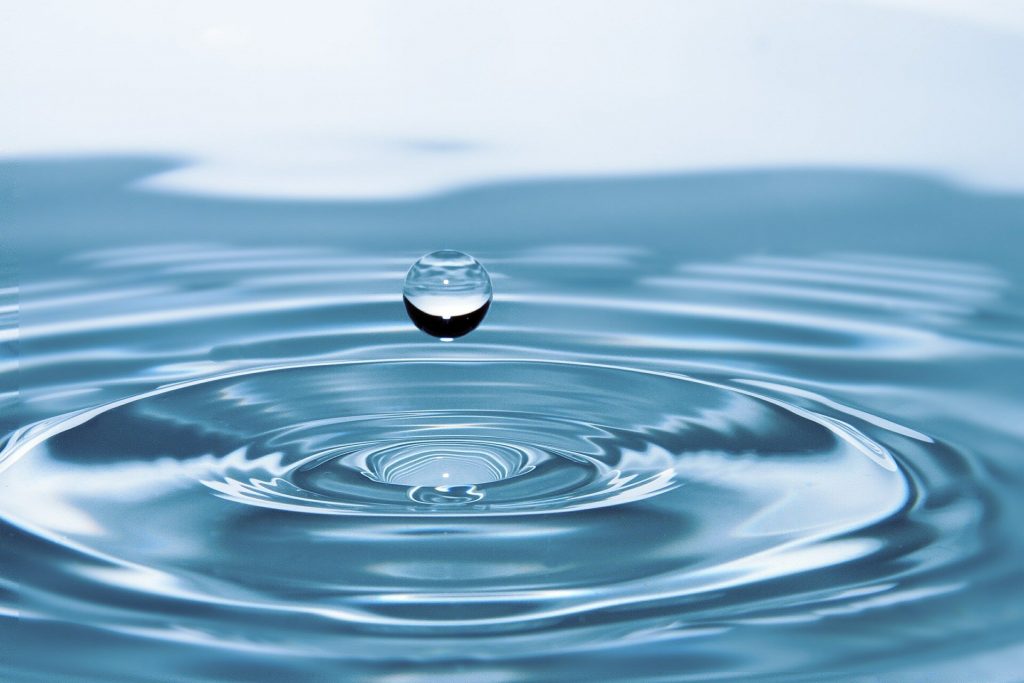 The New Jersey Department of Environmental Protection (DEP) has officially published its adoption of strict drinking water standards for perfluorooctanoic acid (PFOA) and perfluorooctane sulfonic acid (PFOS), extremely persistent chemicals found in the environment that have been linked to various health problems.
The New Jersey Department of Environmental Protection (DEP) has officially published its adoption of strict drinking water standards for perfluorooctanoic acid (PFOA) and perfluorooctane sulfonic acid (PFOS), extremely persistent chemicals found in the environment that have been linked to various health problems.
PFOA and PFOS belong to a large class of synthetic chemicals known as per- and polyfluoroalkyl substances, or PFAS. In 2018, New Jersey adopted its first maximum contaminant level (MCL) for a PFAS, an MCL of 13 parts per trillion for perfluorononanoic acid, or PFNA.
According to the rules published in the New Jersey Register, the DEP formally established MCLs of 14 parts per trillion for PFOA and 13 parts per trillion for PFOS. The rules also add these chemicals to New Jersey’s list of hazardous substances and sets these levels as formal groundwater quality standards for the purposes of site remediation activities and regulated discharges to groundwater.
All public water systems must begin monitoring for PFOA and PFOS within the first quarter of 2021. In addition, beginning Dec. 1, 2021, private well will be required to test for PFOA, PFOS and PFNA under the requirements of the state’s Private Well Testing Act.
The adopted standards are based partly on recommendations made by the New Jersey Drinking Water Quality Institute, which is an advisory panel that consists of a wide variety of water quality experts who have reviewed numerous health studies and other data to support the stringent levels that have been set. Many water systems throughout the state are currently using existing treatment technologies to effectively remove these chemicals from drinking water.
To view the DEP’s complete rule adoption, click here.
Contact
Michael Metlitz, LSRP
Senior Vice President
![]() mmetlitz@whitmanco.com
mmetlitz@whitmanco.com
![]() (732) 390-5858
(732) 390-5858
Posted on June 8, 2020






